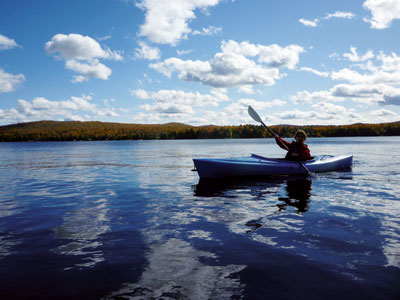All Nonfiction
- Bullying
- Books
- Academic
- Author Interviews
- Celebrity interviews
- College Articles
- College Essays
- Educator of the Year
- Heroes
- Interviews
- Memoir
- Personal Experience
- Sports
- Travel & Culture
All Opinions
- Bullying
- Current Events / Politics
- Discrimination
- Drugs / Alcohol / Smoking
- Entertainment / Celebrities
- Environment
- Love / Relationships
- Movies / Music / TV
- Pop Culture / Trends
- School / College
- Social Issues / Civics
- Spirituality / Religion
- Sports / Hobbies
All Hot Topics
- Bullying
- Community Service
- Environment
- Health
- Letters to the Editor
- Pride & Prejudice
- What Matters
- Back
Summer Guide
- Program Links
- Program Reviews
- Back
College Guide
- College Links
- College Reviews
- College Essays
- College Articles
- Back
The Ultimate Team Sport; Rowing
When you think of the toughest sports, what comes to mind? According to a study done by a group of health and performance experts from Ireland, Rowing is the 5th most physically demanding olympic sport. So why do people do it? And what makes this sport so popular?
To understand why people row, we must first consider what the benefits are. Rowing is an all body sport, utilizing the arms, chest, back, core, and legs. Rowing is not only a highly aerobic sport, but it also serves as strength training alongside the cardio aspects. This is actually one of the reasons that other types of athletes often use rowing machines (called ergs) as part of their training routines. An hour long workout on an erg burns an average of 600 calories, so it’s no wonder rowing is such a desirable activity for athletes and people looking to improve fitness.
But obviously, crew isn’t just about training on land. The average olympic water race is “about 2,000 meters in length” (USRowing). For the whole duration of the race, the boat must keep moving and the crew has to keep rowing. This is one of the primary reasons that rowing is one of the toughest sports physically as well as mentally. In most other sports such as basketball or volleyball, there are breaks in between matches where athletes can be switched in and out of games. During a rowing race, that doesn’t happen. No matter what injuries might happen during the race, you must keep going. Failure to do so may mean slowing the boat down or stopping it completely, causing the boat to fall behind and letting your teammates down. This is the reason that rowing is often seen as the ultimate team sport.
For high school and collegiate teams, the most common type of boat is an 8, a boat that seats eight rowers and a coxswain. The coxswain, who’s job is to steer and give orders, are often seated at the stern of the boat facing the rowers. People who are coxwains are usually shorter and lighter in weight, as to not weigh down the rowers too much. There are exceptions to this in 4’s, where the coxswain can be seated behind the rowers in the bow of the boat and face the opposite direction of the rowers. These types of boats are called bow-loaders. Though this might seem like a disadvantage for the coxswain, their placement at the back of the boat actually helps to balance the boat and keep it set. A 4 boat holds 4 rowers and a coxswain, but any hull with less than 4 rowers usually doesn’t contain a coxswain. Doubles, quads, and singles fall into this category, and require each individual rower to use 2 oars instead of one. This variety of rowing is called sculling, while 8’s and 4’s utilize sweep oars. Sweep oars can be placed on either the port (right) or starboard (left) side of the boat and are rowed with two hands. Boats may be as heavy as 200 or more pounds for an 8, or less than 30 pounds for a single.
The typical rowing calendar is split into 3 parts; fall, winter, and spring. During fall season, teams are primarily focused on building strength and endurance, as races are about 3-6 kilometers long. The largest fall race is the Head of the Charles Regatta held in Boston. Crews from all over the world race in this 5k, with over 11,000 athletes rowing in over 1,900 boats in 61 events. In most regattas, events are seperated by experience level, weight class, age, and the type of boat. During the winter season, crews normally train indoors on ergs and with weights. Winter conditioning is generally very intense, intended to prepare rowers for the fierce competition of the spring racing season. Spring races are normally conducted with heats and finals. Unlike fall racing, which has boats start separately in 10 second intervals, boats line up and start concurrently. Races are evaluated on who passes the finish line first, rather than who had the fastest time. Another difference between spring and fall rowing is the average race distance. Spring races are sprints, so they’re only about 1.5-2 kilometers long. Though races are shorter, it doesn’t mean that rowers are putting less work. In fact, the average stroke rates of a spring race can be anywhere from 28-40 strokes per minute. Crews don’t normally race during the summer, so it’s not considered part of the official rowing season.
The high stakes and intensity of this sport are appealing to many, bringing rise to teams and clubs all over the world. Whether you row competitively or recreationally, rowing serves as an excellent workout and a great challenge. Though it may not be as well-known as basketball or football, rowing still continues to attract thousands around the globe.

Similar Articles
JOIN THE DISCUSSION
This article has 0 comments.
